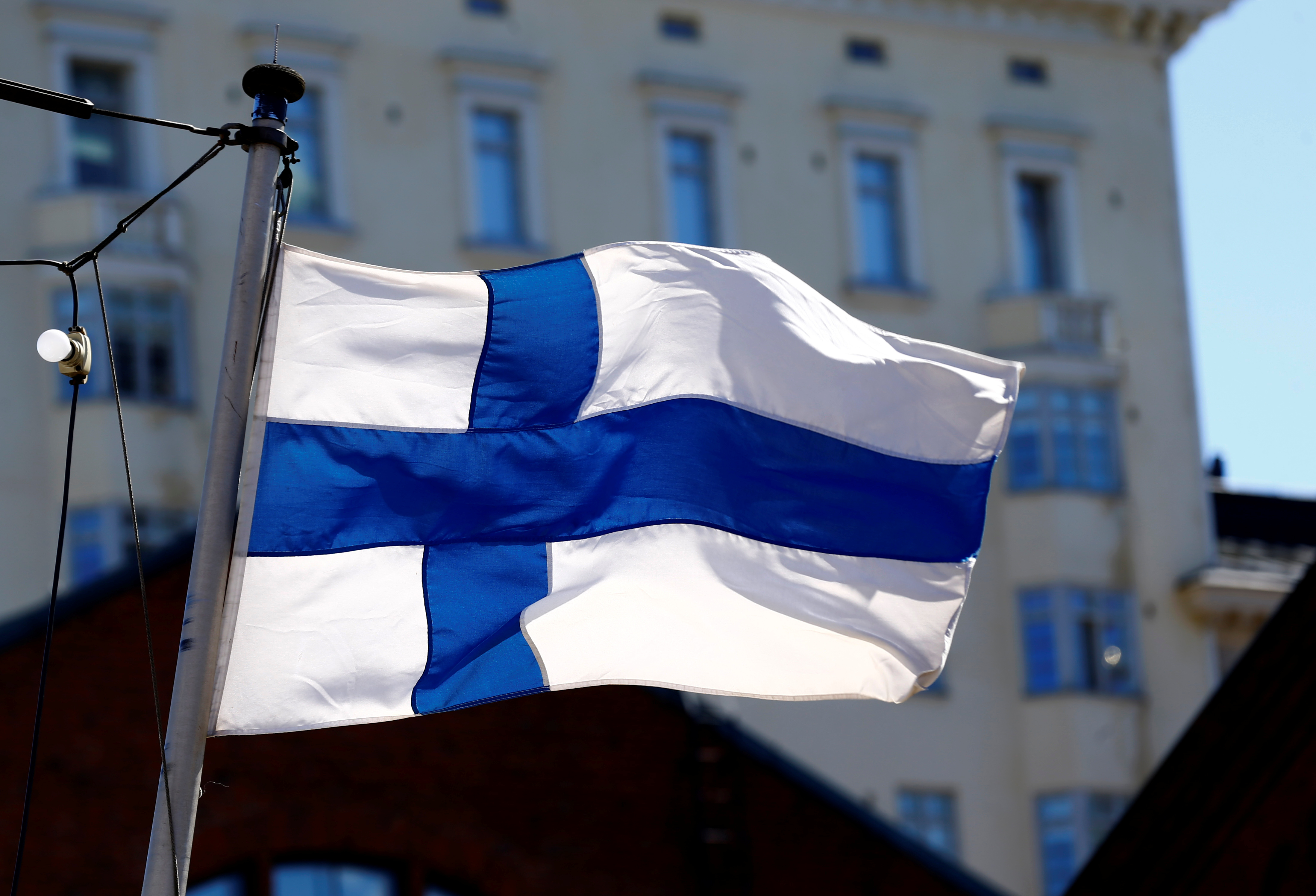A who’s who of Finland’s 2018 presidential election

Finland goes to the polls in January to elect a president for a new six-year term. Yle News has profiles of all the candidates and—for the first time ever—an English language ‘election compass’ to help voters explore their views.
On 28 January Finland holds a presidential election that will help shape the country’s foreign and security policy for the next six years. The role focuses on diplomacy and defence, with presidential powers much-diminished since the heyday of Urho Kekkonen.
He ruled Finland from 1956 until 1982, a 26-year span encompassing the majority of the Cold War. Managing relations with the eastern neighbour were—then as now—an integral part of the president’s job, and the candidates are all grilled on how they view Russia and the world.
Since Kekkonen’s time, the role of the president has diminished considerably, with the ability to dissolve governments now resting solely with parliament. On the international stage too, the president has had to step back to avoid the so-called ‘two-plate problem’ whereby Finland had to send either the President or Prime Minister to an international summit or event, but both wanted to attend.
Resonating with voters

That problem was eventually resolved by constitutional scholars informing Tarja Halonen to stay away from EU inter-governmental gatherings. Nowadays the role encompasses statesmanship and values leadership, requiring both smooth diplomacy and the ability to resonate with the ‘man on the street’.
Incumbent Sauli Niinistö has cultivated relations with Russia and the US, and his success shows in opinion polls where he has an overwhelming lead. After running on the National Coalition ticket in 2012, this time Niinistö eschewed a party nomination in favour of running as an independent.
Political surprises are becoming more common worldwide, however, and in Laura Huhtasaari Finland has a candidate looking to ride the nativist wave that resulted in Brexit and the election of Donald Trump. Leftist Merja Kyllönen represents the opposite end of the spectrum, as an anti-NATO representative concerned with the rise of extreme nationalism.
Carving out niches
In between is Pekka Haavisto, the gay Green who forced a paradigm shift in 2012 when he became the first Green candidate to make it to the second round. SDP candidate Tuula Haatainen is a long-standing MP aiming to bring back the glory days of her party, which held the office from 1982 until 2012.
Nils Torvalds, running on the Swedish people’s Party ticket, is trying to carve out a niche as an assertive advocate of NATO membership. Matti Vanhanen, meanwhile, is a former Centre Party Prime Minister aiming for a return to the big-time.
Hard on his heels is the veteran Eurosceptic Paavo Väyrynen, who formed his own ‘Citizens Party’ but also retained Centre Party membership. He could be the biggest wild card in the race.
Related stories from around the North:
Canada: New Supreme Court justice brings deep experience of Arctic, Indigenous issues to Canada’s highest court, Radio Canada International
Denmark: Denmark’s new defence agreement renews focus on protecting the Baltic, Radio Canada International
Finland: Finns less interested in NATO, keep faith in EU, Yle News
Iceland: Norwegians and Icelanders let Alaskans in on the secrets to economic prosperity, Alaska Dispatch News
Norway: Barents bishops ask Arctic Council to promote fossil-free future, The Independent Barents Observer
Russia: Arctic Council ministerial – View from Russia, Eye on the Arctic
Sweden: Sweden’s Prime Minister reaffirms commitment to country’s defense, Radio Sweden
United States: Arctic Council presents united front as Finland takes over from U.S., Eye on the Arctic



